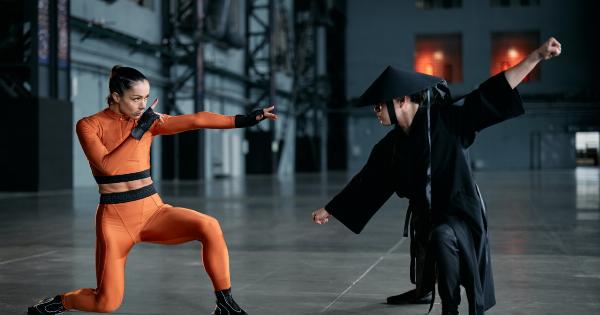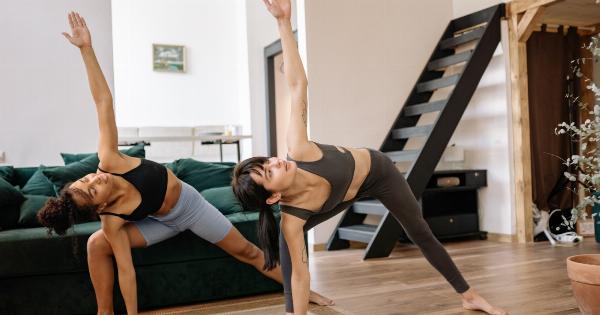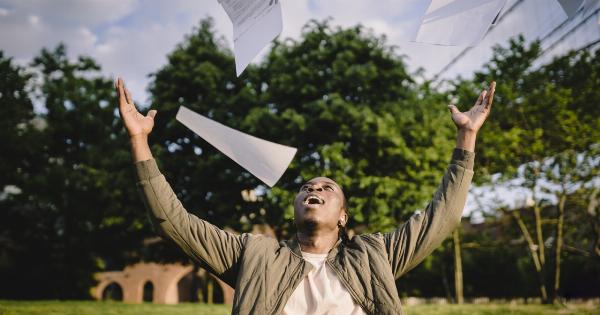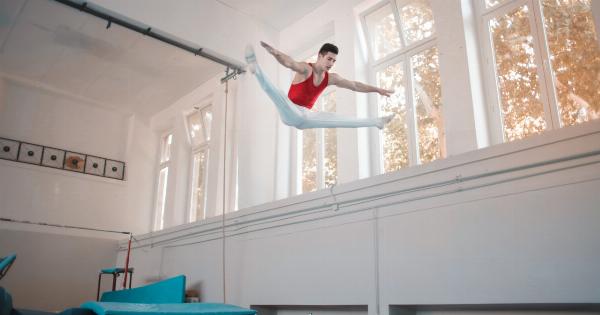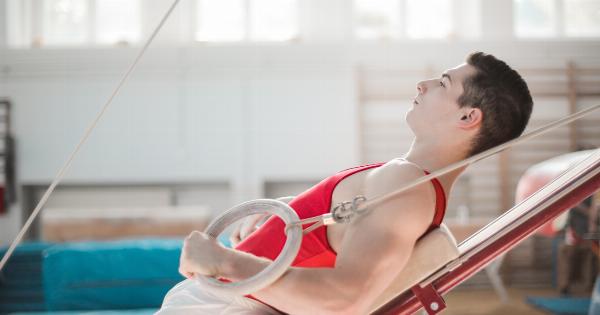Gymnastics is a demanding sport that requires a unique combination of strength, flexibility, and agility.
Whether you used to be a competitive gymnast or simply want to reconnect with the sport as a form of exercise, it’s important to start by rebuilding your strength and flexibility. This three-part plan will guide you through the process of reconnecting with gymnastics and help you get back on track to achieving your goals.
1.1 Assessing your Current Fitness Level
Before diving into any strenuous gymnastics training, it’s crucial to assess your current fitness level. This will help you understand where you stand and identify areas that need improvement.
A fitness assessment could include measurements such as body fat percentage, cardiovascular endurance, and muscular strength.
1.2 Creating a Workout Routine
Once you have a clear understanding of your fitness level, you can create a workout routine that caters specifically to your needs.
In the initial stages of reconnecting with gymnastics, focus on general conditioning exercises such as cardio workouts, core strengthening exercises, and basic stretches. Gradually incorporate more gymnastics-specific exercises like handstands, splits, and tumbling drills as your strength and flexibility improve.
1.3 Incorporating Strength Training
Strength training plays a crucial role in gymnastics, as it helps you execute various skills with precision and power.
Include exercises that target different muscle groups, such as squats and deadlifts for leg strength, pull-ups and push-ups for upper body strength, and planks and bridges for core strength. Start with lighter weights and progressively increase the intensity as you regain your strength.
1.4 Balancing Strength and Flexibility Training
In gymnastics, strength and flexibility go hand in hand. It’s essential to dedicate equal time and effort to developing both aspects to achieve optimal performance.
Incorporate dynamic stretching exercises, such as leg swings and arm circles, into your warm-up routine. Additionally, perform static stretches after each workout to enhance your flexibility and prevent injury.
Part 2: Improving Skills and Technique
Once your body has regained its strength and flexibility, it’s time to focus on improving your gymnastics skills and technique.
This phase of the plan will involve refining your existing skills, learning new ones, and familiarizing yourself with proper technique.
2.1 Refreshing Basic Skills
Begin by refreshing your memory on the basic skills you used to perform. This may include elements like forward and backward rolls, cartwheels, and handstands. Pay attention to proper technique, body positioning, and pointed toes.
Start with slower, controlled movements and gradually increase your speed and fluidity as you regain confidence.
2.2 Learning Progressions
Progressions are an excellent way to build up to more complex skills. Break down advanced skills into smaller, manageable progressions that allow you to learn and master each part before progressing to the next.
For example, if you want to learn a back handspring, start by focusing on drills that target back flexibility and strength before attempting the full skill.
2.3 Seeking Professional Guidance
Enlisting the help of a qualified gymnastics coach can tremendously benefit your journey back into gymnastics.
A coach will not only provide guidance on proper technique but also offer personalized feedback and create a training plan tailored to your abilities and goals. They can help you progress safely and efficiently, ensuring you make the most of your training sessions.
2.4 Building Confidence
Building confidence is essential in gymnastics, as it allows you to perform skills with precision and grace. Visualize yourself successfully executing skills and routines, and establish a positive mindset.
Gradually increase the difficulty and complexity of your routines, pushing yourself outside your comfort zone while maintaining a positive attitude throughout the learning process.
Part 3: Setting Goals and Staying Motivated
Setting clear goals and staying motivated are critical factors in successfully reconnecting with gymnastics and achieving long-term progress.
This phase of the plan will focus on goal-setting techniques and strategies to help you stay motivated and committed to your gymnastics journey.
3.1 Setting S.M.A.R.T. Goals
Utilize the S.M.A.R.T. goal-setting framework to establish specific, measurable, achievable, relevant, and time-bound goals. For example, you could set a goal to successfully execute a round-off back handspring on the balance beam within six months.
Breaking down your long-term goal into smaller milestones will create a sense of accomplishment and propel you forward.
3.2 Tracking Progress
Keep a record of your progress to stay motivated and track your improvement over time. Take note of skills you have mastered, personal bests, and any noteworthy milestones.
Celebrate your achievements along the way, no matter how small, and use them as fuel to push harder and set new goals.
3.3 Joining Gymnastics Communities
Surrounding yourself with like-minded individuals who share your passion for gymnastics can provide a sense of belonging and support. Join local gymnastics clubs, online forums, or social media groups to connect with fellow gymnasts.
Share your progress, ask for advice, and learn from others who have gone through similar experiences.
3.4 Finding Joy in the Journey
Above all, remember to find joy in the journey of reconnecting with gymnastics. Embrace the challenges, setbacks, and triumphs as valuable lessons that contribute to your growth.
Celebrate every small victory along the way and remember why you fell in love with gymnastics in the first place.










